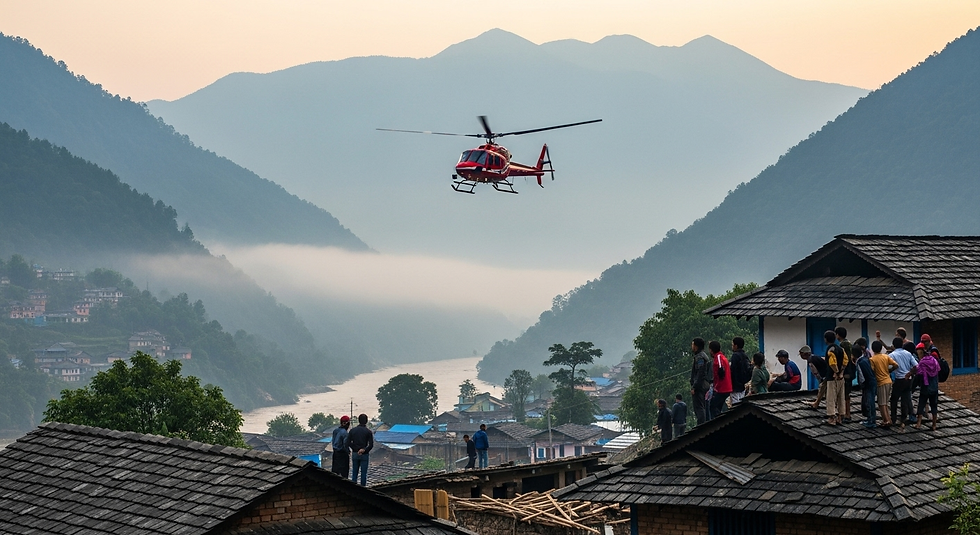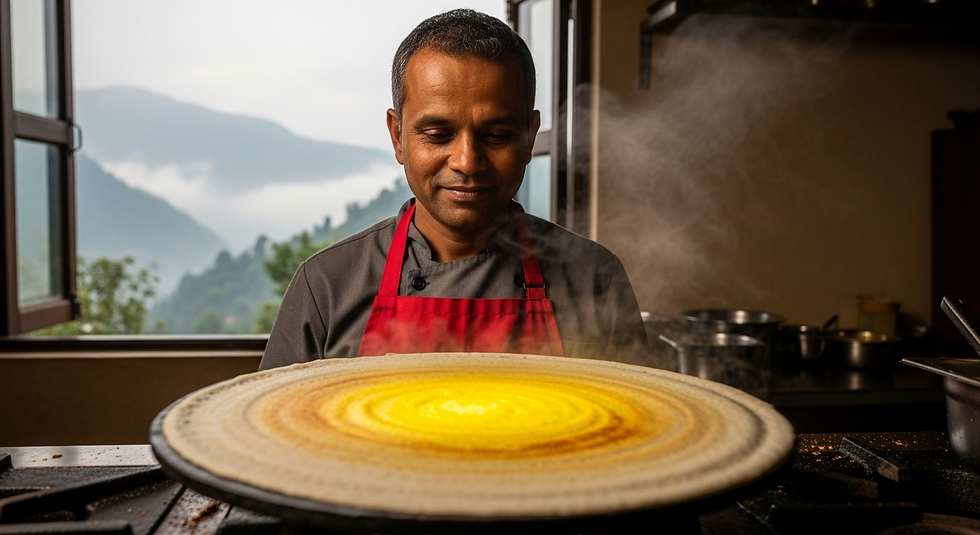Your guide to Unknown treks in Pithoragarh Kumaon & Chhiplakot magic
- Deepak Singh Bhandari

- Aug 11, 2025
- 3 min read
The first time I heard about Chhiplakot, it wasn’t from a travel brochure or a social media reel — it was from a weather-beaten shepherd on a quiet road near Thal. He spoke about a trail where the mountains test your patience, the air gets thinner with every step, and somewhere above the clouds, a sacred lake waits.
That single conversation made me wait an entire year before I could see it for myself. And let me tell you — the wait was worth every aching muscle.
In this article, you will learn - What makes the Unknown treks in Pithoragarh Kumaon so unique:
How Chhiplakot blends raw adventure with deep cultural roots
Practical tips to plan this trek between September and November
Why this trek is unlike anything you’ve done before
Forget popular tourist trails. Here, the journey starts with narrow mountain roads that hug roaring rivers like the Kali and Gori, winding past villages where strangers greet you with tea and stories. The route from Thal to Bungdi village feels like slowly peeling away the layers of the modern world until only mountains, silence, and purpose remain.
From Bungdi, the real climb begins. One moment you’re at 2,000 meters in a sleepy hamlet, the next you’re gasping for breath at 3,700 meters in Sukhdon, with nothing but sheep bells and alpine winds for company. By the time you push towards the Chhiplakot high point near 4,700 meters, you realize — this isn’t just about reaching a destination. It’s about earning it.

The human warmth on high trails
One of the most humbling parts of the Unknown treks in Pithoragarh Kumaon is the kindness of the people who live along these paths. On our way up from Vandi village, locals didn’t just point us in the right direction — they offered cucumbers from their fields, filled our bottles with cold mountain water, and reminded us, almost shyly, to bow our heads at the sacred lake.
There’s a saying in the hills:
“A stranger on the trail is only a friend you haven’t shared tea with yet.”
You feel that truth in every smile, every shared meal, every warm roti cooked on a wood fire at the end of a long day.
Planning your Chhiplakot trek in autumn
If you’re going between September and November, you’re choosing the golden window. The monsoon has washed the air clean, the skies open up to reveal Himalayan peaks, and the trails are free of deep snow (though light snow in late November can surprise you).
Quick tips for this season:
Daylight is precious — start early to make the most of it.
Layer up — mornings and evenings can drop below freezing.
Acclimatize — spend at least a night at mid-altitude before going above 3,000 meters.
Travel light — but carry rain protection; mountain weather loves surprises.
What you take back
You may come here for the challenge, the altitude, or the bragging rights. But what you carry home is something quieter: the memory of standing at the Chhiplakot high point, looking down at the villages that now feel like old friends, hearing the wind sweep over ridges older than history.
And you’ll remember the waiting — that long, patient year — and smile, knowing it taught you as much as the trek itself.
If you’ve ever felt that pull towards the unknown, if the idea of Unknown treks in Pithoragarh Kumaon makes your heart beat a little faster, maybe it’s time you listen. Because somewhere in Chhiplakot, the mountains are waiting — and they don’t mind if you take your time.



Comments